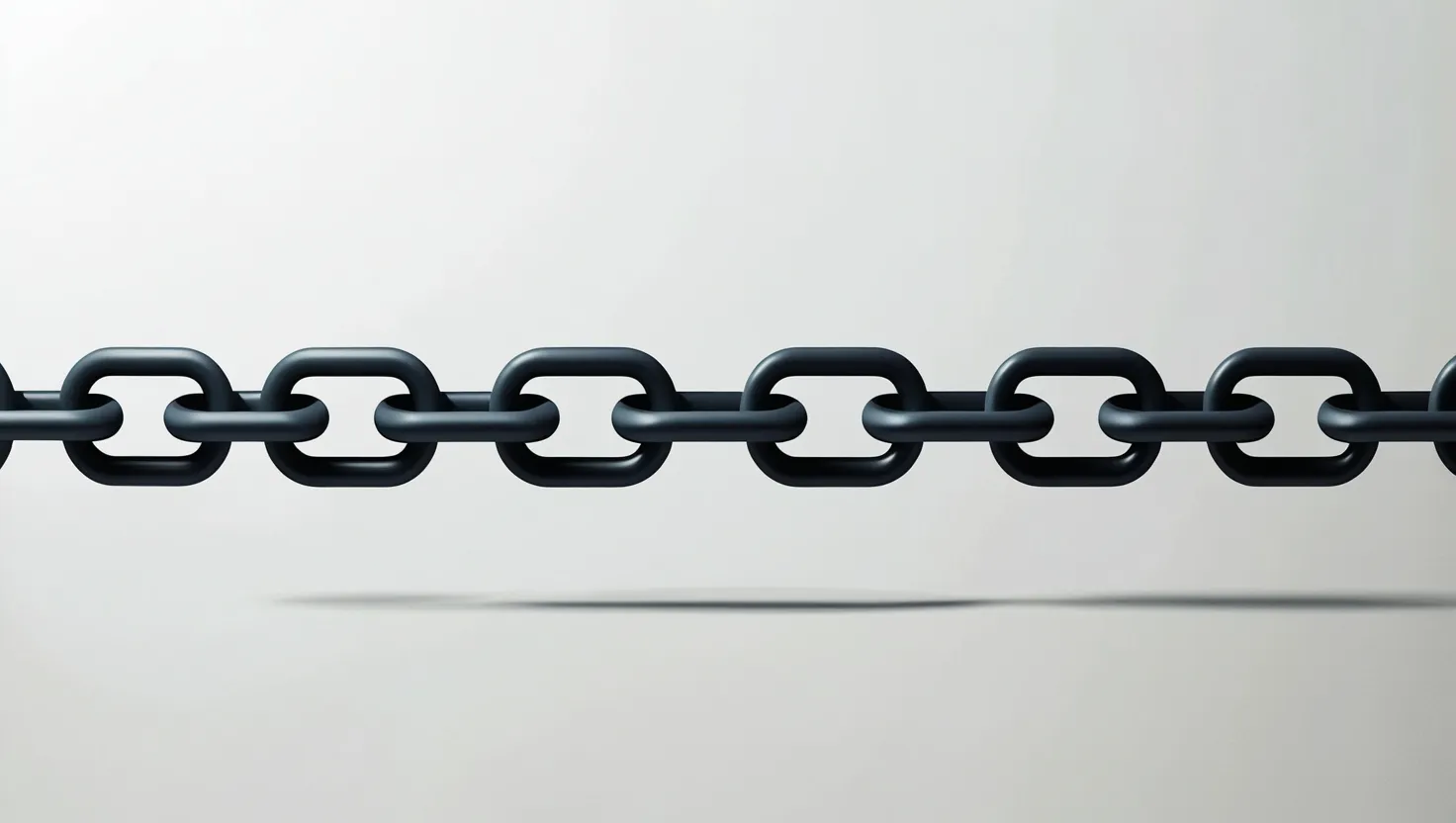Context switching is a silent productivity killer that plagues modern workers, especially in our hyper-connected digital age. We’ve all experienced that mental fog when jumping between different tasks or projects throughout the day. But what if I told you there are ways to eliminate that productivity lag and seamlessly transition between different types of work?
Let’s explore some innovative frameworks that can help us master the art of context shifting. These aren’t your typical productivity hacks - they’re research-backed strategies designed to work with our brains, not against them.
First up is the Two-Minute Transition Protocol. This simple yet powerful technique involves taking exactly two minutes between tasks to clear your physical and digital workspace. Close those browser tabs, put away materials from your previous task, and take a few deep breaths. This deliberate pause acts as a mental reset, preventing the cognitive residue that often lingers when we abruptly switch gears.
“The art of resting the mind and the power of dismissing from it all care and worry is probably one of the secrets of our great men.” - Captain J.A. Hatfield
Next, consider implementing Task Context Documentation. Before ending a work session, quickly jot down your current status, next steps, and any key resources you were using. This eliminates the mental effort required to rebuild context when you return to the task later. Think of it as leaving breadcrumbs for your future self.
Have you ever noticed how a change in physical state can shift your mindset? That’s the idea behind the Physical State Change framework. When transitioning between different types of work, incorporate a distinct physical movement. Stand up, do a quick stretch, or simply change your posture. This signals to your brain that a transition is occurring, creating a clean psychological break between tasks.
Environment Switching takes this concept a step further. Designate specific areas or setups for different categories of work. Maybe you have a particular spot for creative tasks, another for analytical work, and a third for administrative duties. Moving between these zones creates natural transitions that prime your brain for the appropriate work mode without conscious effort.
In our digital-first world, we can’t ignore the impact of our online environments. The Digital Context Separation framework involves maintaining dedicated browser profiles, app collections, or computer settings for different work categories. By creating distinct digital environments, you eliminate the friction of reconfiguring your tools between tasks.
“The secret of getting ahead is getting started. The secret of getting started is breaking your complex overwhelming tasks into small manageable tasks, and then starting on the first one.” - Mark Twain
How often do you find yourself bouncing between vastly different types of work throughout the day? The Energy Preservation Sequence aims to minimize this cognitive whiplash. Try scheduling tasks requiring similar cognitive functions together. This reduces the productivity tax paid when switching between analytical, creative, and administrative thinking modes.
Lastly, let’s talk about Transition Timeboxing. Instead of feeling guilty about those “wasted” minutes between activities, recognize this as essential mental preparation time and allocate it purposefully. Assign specific transition time between major tasks. Use this time to review your next objectives, gather necessary resources, or simply clear your mind.
Implementing these frameworks doesn’t mean you’ll never experience context switching fatigue again. But they can significantly reduce its impact on your productivity and mental energy. The key is to experiment and find which strategies work best for your unique work style and environment.
Remember, the goal isn’t to eliminate all context switching - that’s nearly impossible in today’s work landscape. Instead, we’re aiming to make those transitions as smooth and efficient as possible. By doing so, we can reclaim valuable mental energy and focus, allowing us to do our best work across all our various responsibilities.
“You will never find time for anything. If you want time, you must make it.” - Charles Buxton
As you implement these strategies, pay attention to how they affect your energy levels and output. Do you notice a decrease in that mental fog that often accompanies task switching? Are you able to dive into new tasks more quickly and effectively? These are signs that you’re successfully mitigating the negative effects of context switching.
It’s also worth noting that different strategies may work better for different types of transitions. Switching between two analytical tasks might require a different approach than moving from a creative project to an administrative one. Be flexible and willing to adjust your approach as needed.
One often overlooked aspect of context switching is its emotional toll. Constantly shifting gears can leave us feeling scattered and overwhelmed. By implementing structured transition techniques, we’re not just improving our productivity - we’re also creating a sense of control and calm in our workday.
Have you considered how your physical environment impacts your ability to switch contexts? Our surroundings play a crucial role in our mental state. The Environment Switching framework taps into this by creating distinct physical cues for different types of work. This could be as simple as facing a different direction in your home office or as elaborate as having separate workstations for different tasks.
“The man who moves a mountain begins by carrying away small stones.” - Confucius
Let’s dive deeper into the Digital Context Separation framework. In our increasingly digital workplaces, our online environments can be just as impactful as our physical ones. Creating separate user profiles on your computer for different types of work can be a game-changer. Imagine logging into a “creative” profile with only the tools and resources you need for creative tasks, free from the distractions of your email or project management software.
The Energy Preservation Sequence deserves special attention, especially for those of us juggling multiple roles or projects. By grouping similar tasks together, we’re working with our brain’s natural tendencies rather than against them. This might mean dedicating certain days of the week to specific types of work, or structuring your day to progress from one cognitive mode to another in a logical sequence.
Transition Timeboxing might seem counterintuitive at first. After all, aren’t we trying to maximize productive time? But by explicitly allocating time for transitions, we’re acknowledging the reality of how our brains work. This dedicated transition time allows us to close one mental chapter before opening another, reducing the cognitive load of context switching.
“The key is not to prioritize what’s on your schedule, but to schedule your priorities.” - Stephen Covey
As you implement these strategies, it’s crucial to remain mindful of your own reactions and adjustments. What works perfectly for one person might need tweaking for another. The goal is to create a personalized system that allows you to navigate your diverse responsibilities with ease and efficiency.
Consider keeping a journal or log of your experiences as you experiment with these frameworks. Note which strategies seem to work best for different types of transitions. Are there particular times of day when context switching is more challenging for you? This self-awareness can be invaluable as you refine your approach.
It’s also worth discussing these strategies with your colleagues or team. By creating a shared understanding of the challenges of context switching, you can work together to implement supportive practices. This might include respecting “do not disturb” times, being mindful of how and when you request task switches from others, or even redesigning workflows to minimize unnecessary context shifts.
Remember, mastering context switching isn’t about becoming a productivity machine. It’s about creating an environment and habits that allow you to bring your best self to each task. By smoothing out the rough edges of transitions, we free up mental energy for the work that truly matters.
“The best time to plant a tree was 20 years ago. The second best time is now.” - Chinese Proverb
As we wrap up, I encourage you to reflect on your own context switching challenges. Which of these frameworks resonates most with your current situation? How might you adapt these strategies to fit your unique work style and environment?
Implementing new habits takes time and patience. Start small, perhaps by focusing on one or two of these frameworks that seem most applicable to your situation. As you become more comfortable with those, gradually incorporate others.
The journey to mastering context switching is ongoing. Our work environments and responsibilities are constantly evolving, and so too must our strategies for navigating them. But by being intentional about how we manage transitions, we set ourselves up for greater focus, productivity, and satisfaction in our work.
So, are you ready to take control of your context switching? Which framework will you try first? The power to transform your workday is in your hands. Let’s make those transitions work for us, not against us.






